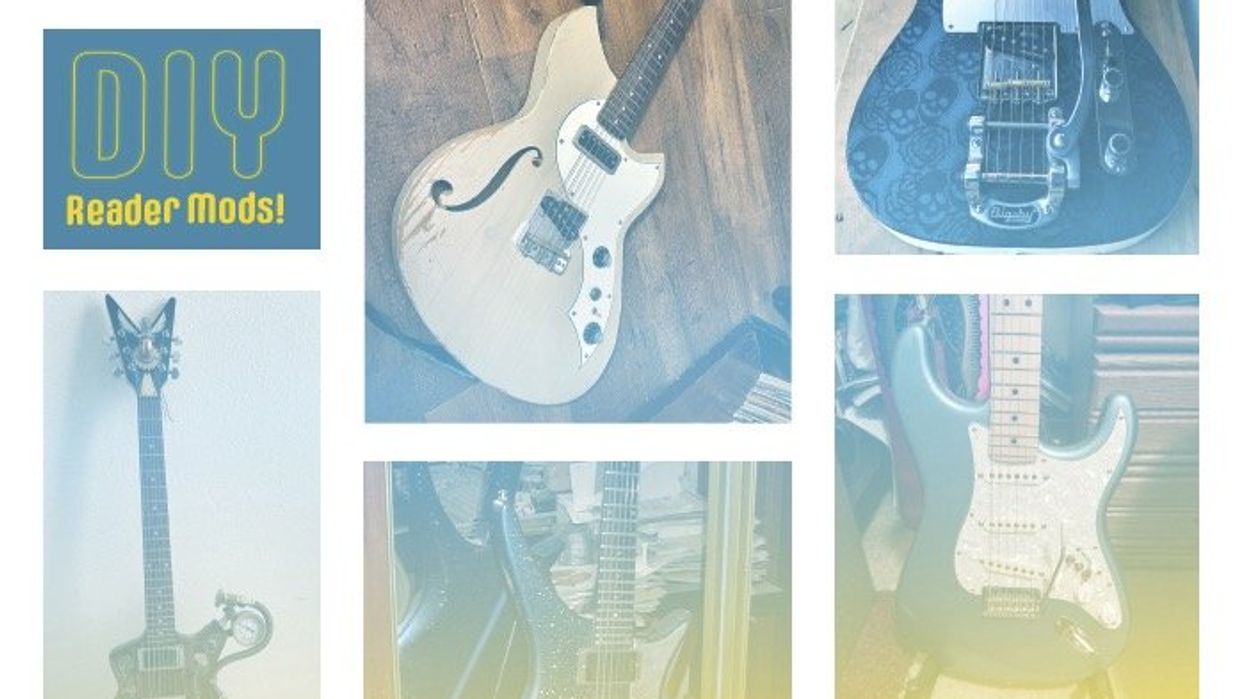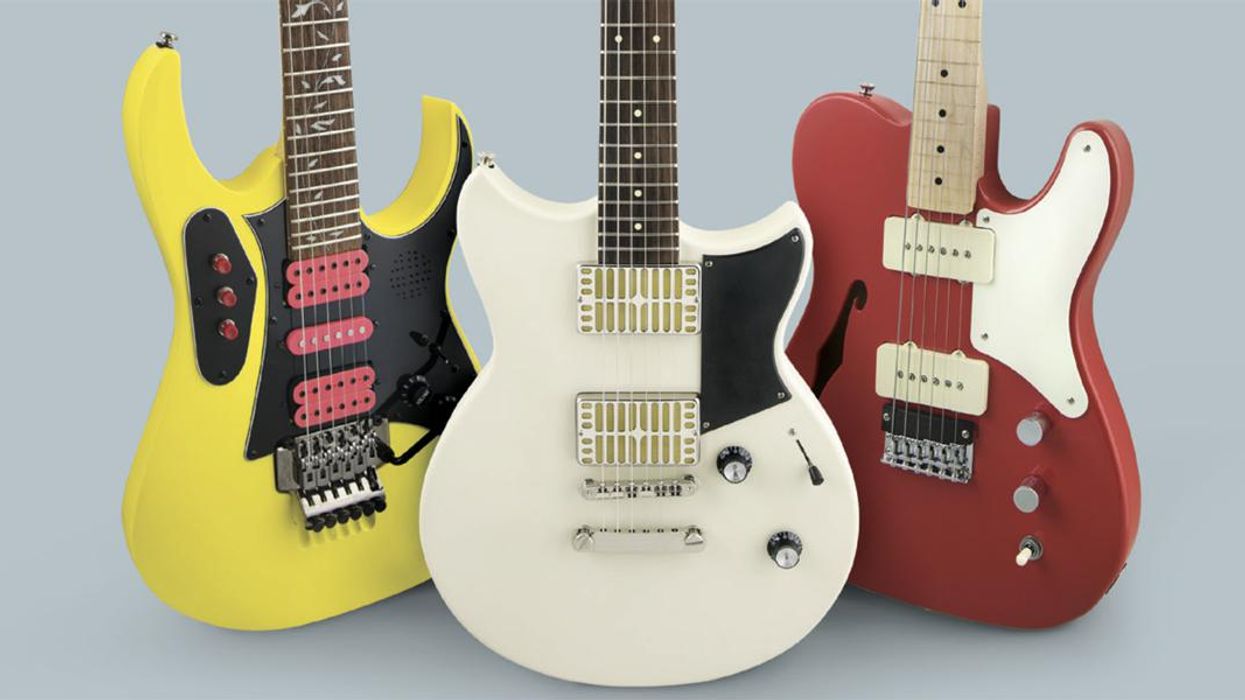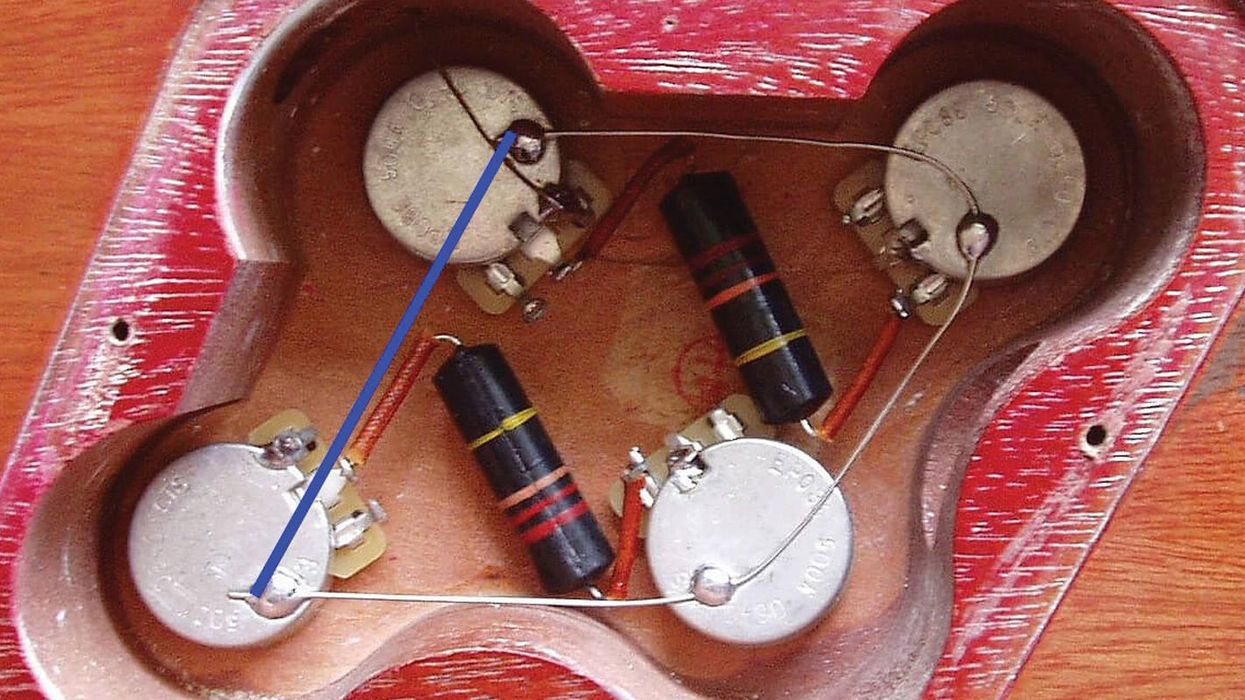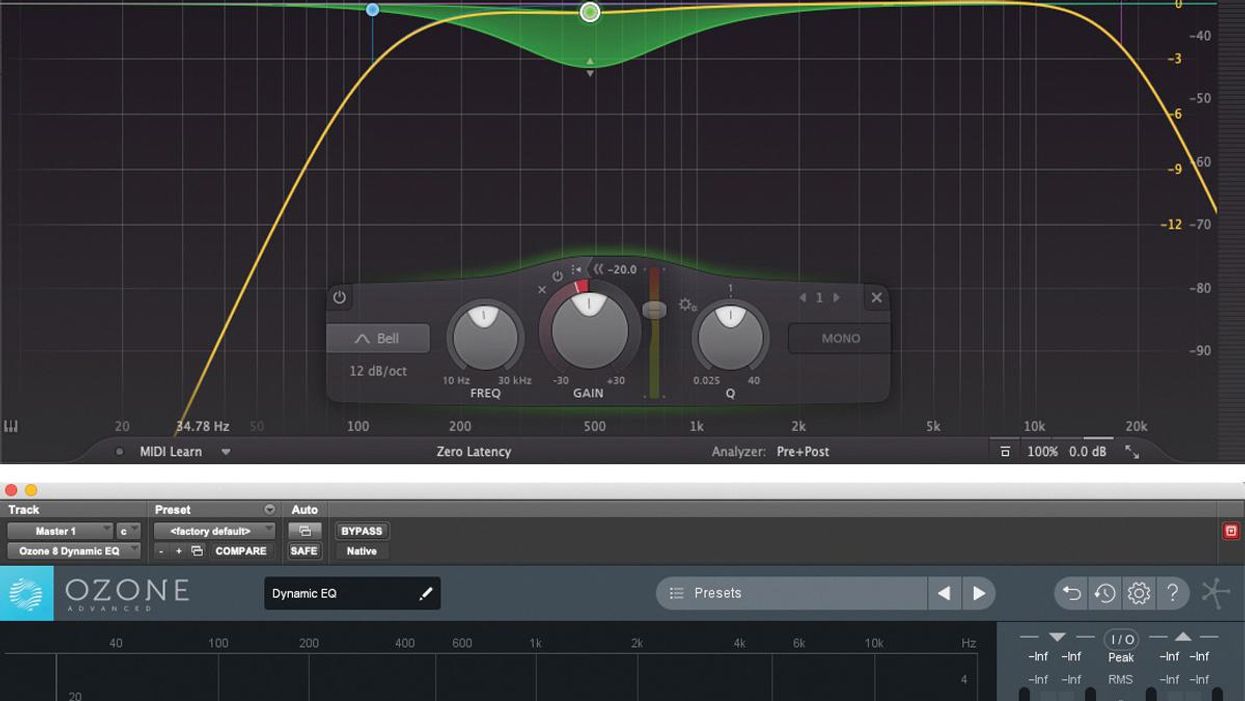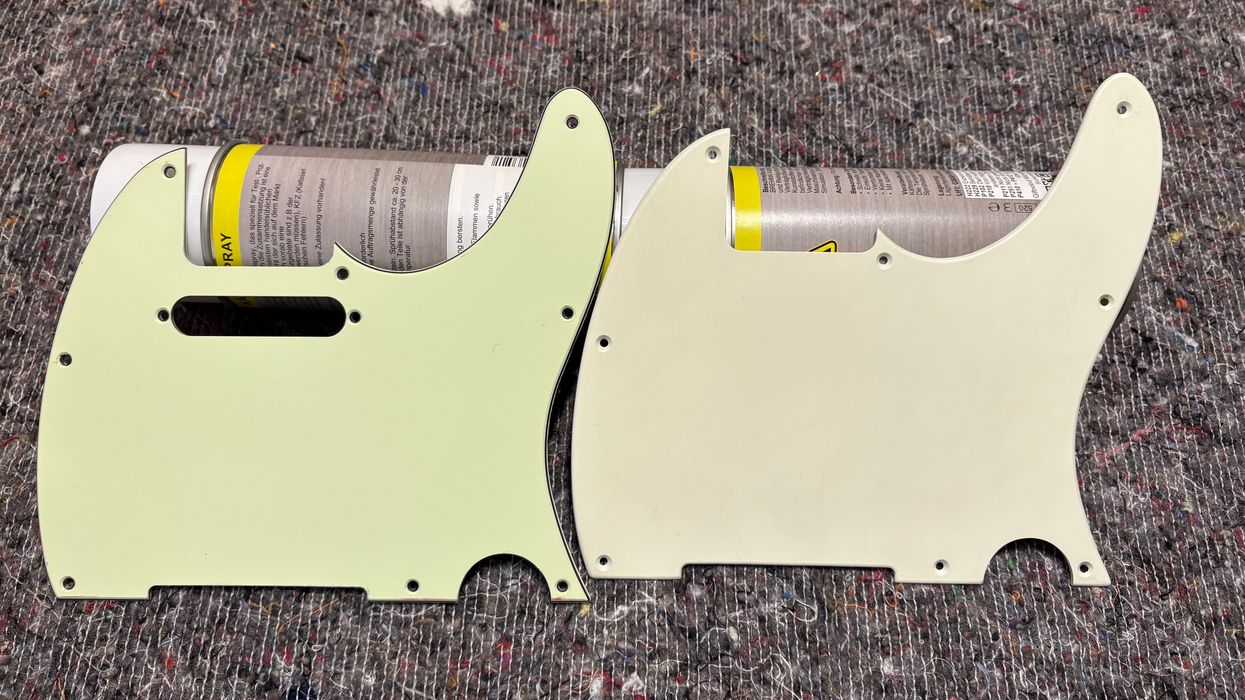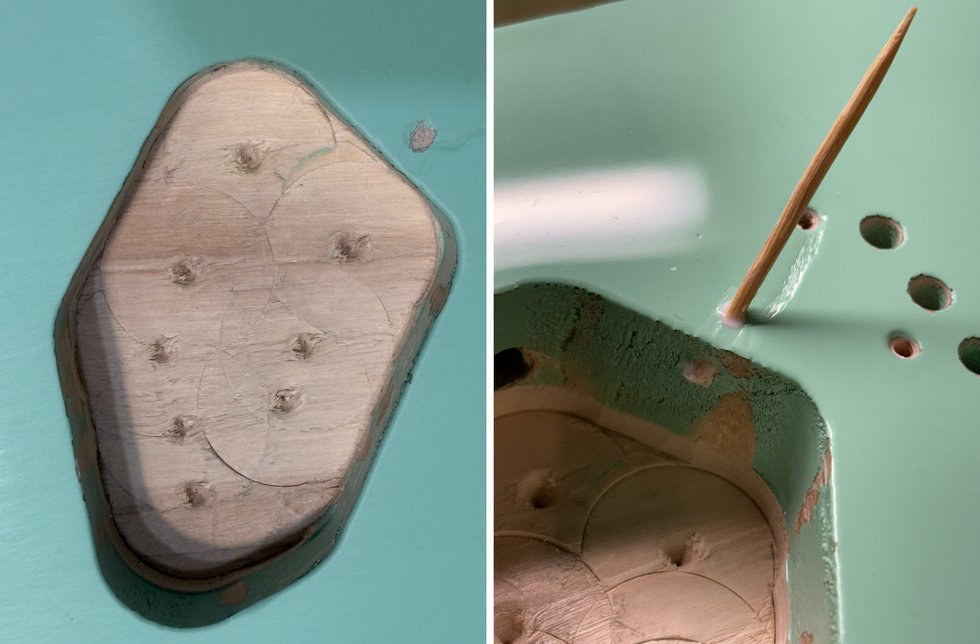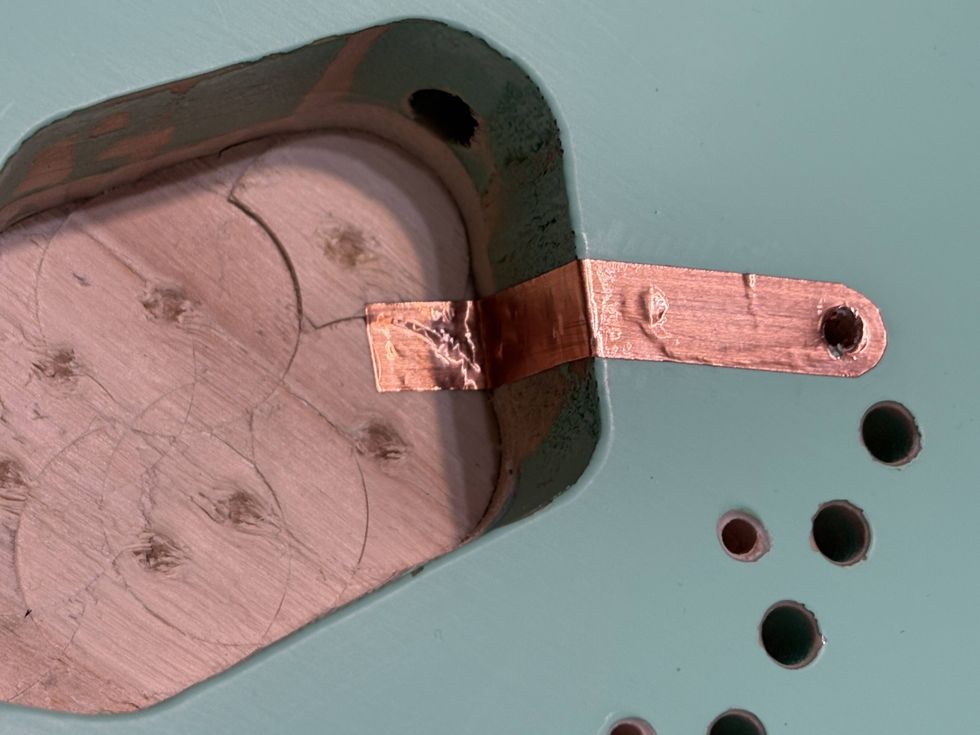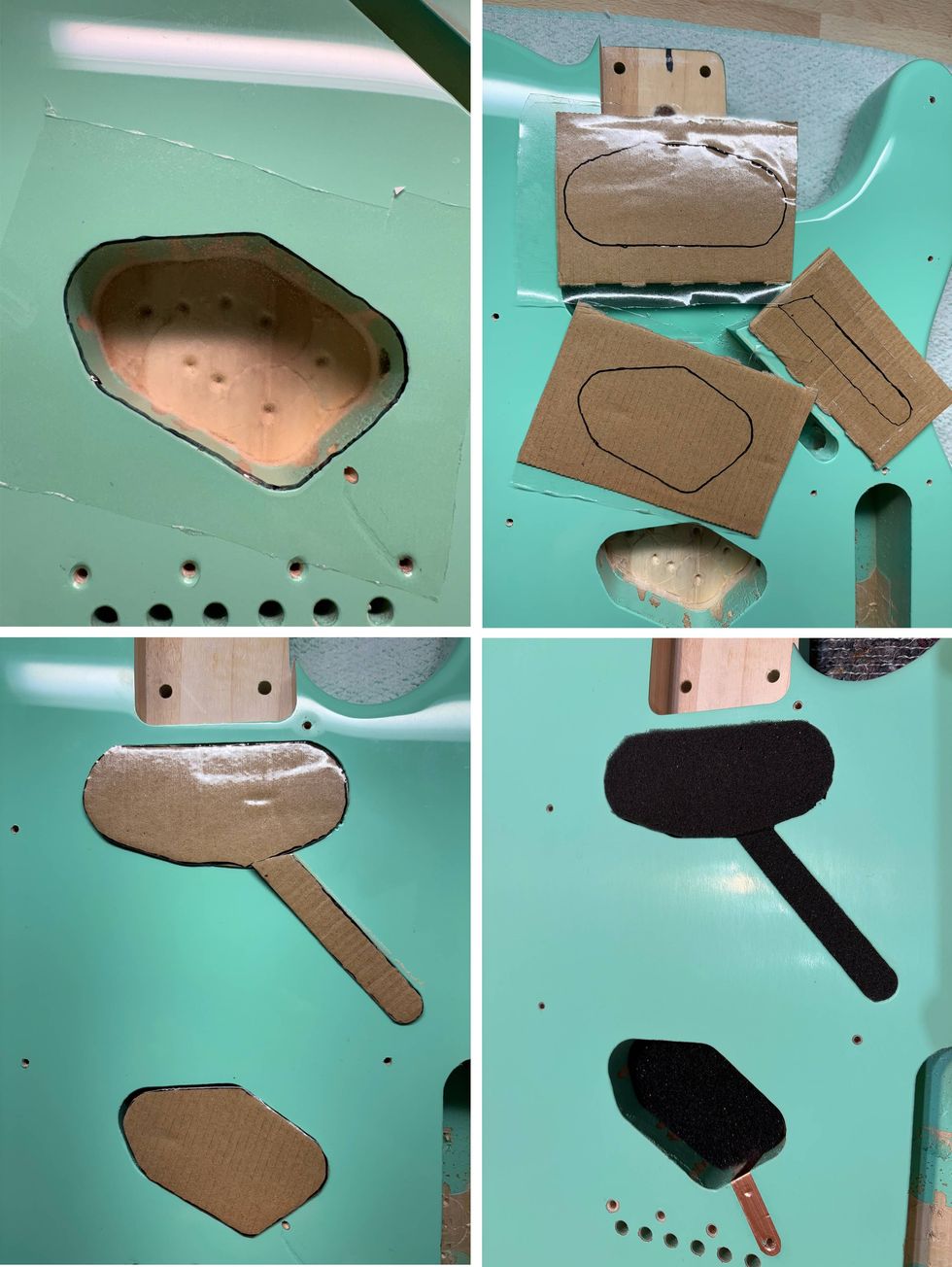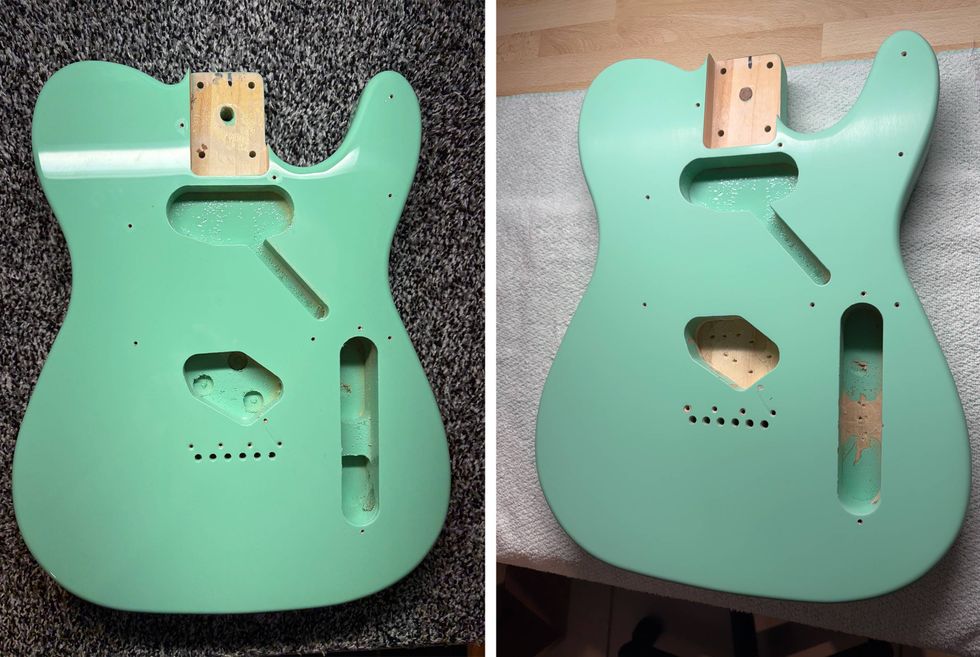| The sound engineers at OEM Inc. have spent thousands of hours with the original masters of the most famous songs ever recorded. They use them to create products like Jammit, an iPhone app that allows you to remix and play along with those original tracks. There are many, many things to learn from those original tracks. Through a partnership with Gearhead Communications, OEM Inc. engineers are sharing their discoveries exclusively with Premier Guitar readers in what we like to call Secrets of the Masters |
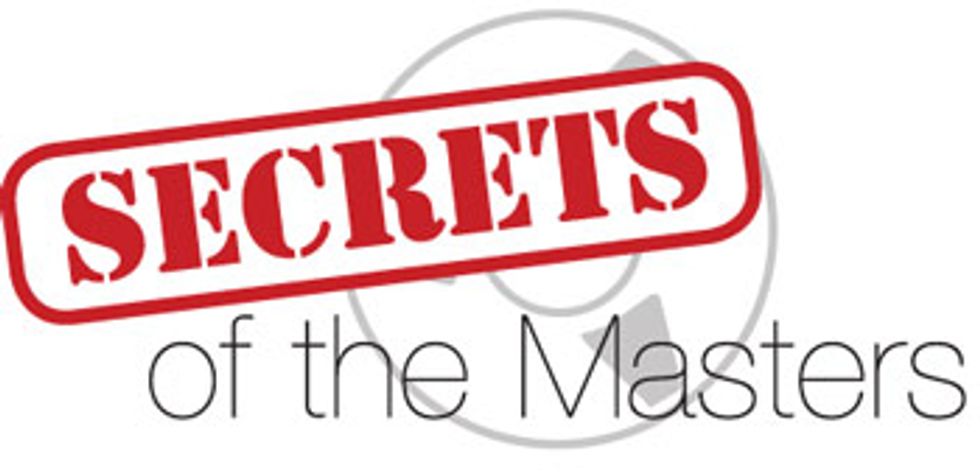 From the album Hellbilly Deluxe (1998 Geffen)
From the album Hellbilly Deluxe (1998 Geffen)
Produced by: Scott Humphrey
Engineered/Mixed by: Frank Gryner
Recorded at: The Chop Shop in Los Angeles, California
Available in the JAMMIT “Rob Zombie Vol.1” application
I guess it was only a matter of time before the tables were turned and some of my past work was put under the same microscope as other multi-tracks we’ve dissected here in the past. This month we’re taking a look Rob Zombie’s biggest hit to date, “Dragula.”
This song was the first single released on Zombie’s debut solo record Hellbilly Deluxe in August of 1998. Production was headed up by Scott Humphrey, who had already done a significant number of high-profile credits. It was—and still is—one of my most notable engineering projects. So the thought of revisiting the tracks felt a lot like going to a high school reunion—but without the alcohol and anti-anxiety medication to get me through it! Well, it’s not really insecurity as much as it is the feeling that more than a decade of additional experience must have advanced my craft to a place that would make any previous work somehow inferior. As it turns out, I was pretty off base in that assumption. These tracks held up remarkable well. Hellbilly Deluxe has a sonic character that is tough to compare to anything else, past or present— even subsequent Rob Zombie albums. So let’s begin our audio autopsy on the individual elements of “Dragula” and get a closer look at the anatomy of this modern-rock milestone.
Building a Pro Tools Frankenstein
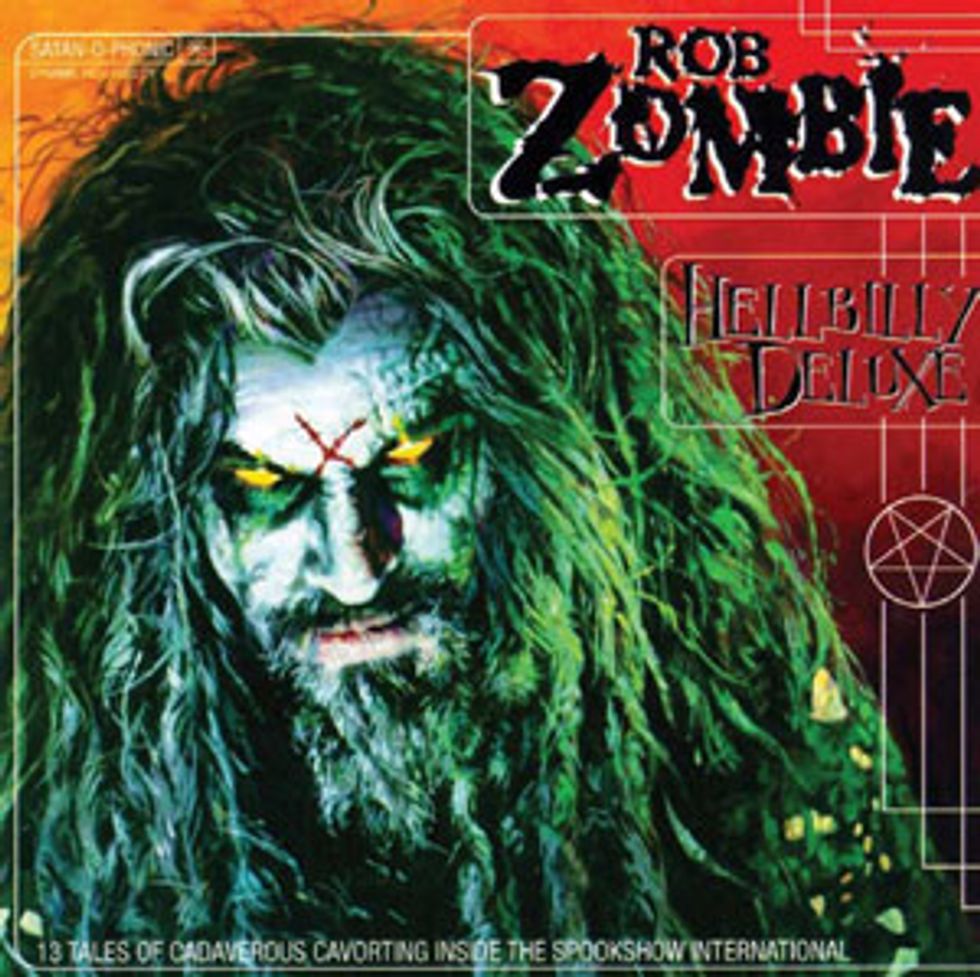 Hellbilly was recorded in an awkward era
when computer-based digital recording was
not yet embraced as an industry standard.
But Humphrey had the technology in a headlock.
His digital artistry was very transparent,
which why he was chosen to work as a digital
audio editor on huge records by Metallica,
Bon Jovi, and Mötley Crüe when most
people didn’t even know what digital audio
editor meant. He had pushed the boundaries
of primitive DAW and was instrumental in the
development of Pro Tools features like Beat
Detective and batch cross fade processing.
So that same inventive mentality went into
Hellbilly’s production.
Hellbilly was recorded in an awkward era
when computer-based digital recording was
not yet embraced as an industry standard.
But Humphrey had the technology in a headlock.
His digital artistry was very transparent,
which why he was chosen to work as a digital
audio editor on huge records by Metallica,
Bon Jovi, and Mötley Crüe when most
people didn’t even know what digital audio
editor meant. He had pushed the boundaries
of primitive DAW and was instrumental in the
development of Pro Tools features like Beat
Detective and batch cross fade processing.
So that same inventive mentality went into
Hellbilly’s production.The Chop Shop was Humphrey’s laboratory for piecing together the album. Even though he was an accomplished musician, Humphrey’s main instrument was arguably the computer. He maxed out the then-state-of-the-art Power Mac 9600 and ran a full-blown Pro Tools TDM system that required constant maintenance. We would joke that you’d spend more time behind the recording gear than in front of the screen. While Zombie explored the prospect of severing ties with White Zombie, he and Humphrey brought in players like Tommy Lee, Danny Lohner, and Mike Riggs to play what couldn’t be looped, sampled, or chopped into place with Pro Tools. While “Dragula” and most of the other tracks on this album were the result of a sincere effort to get a big, pro-sounding record, what actually happened was more of a makeshift, unique sound arrived at through experimentation rather than pure expertise. I remember other audio professionals telling us we couldn’t make a record on Pro Tools and that the Chop Shop was an unsuitable mix environment. Hellbilly was tracked entirely in Pro Tools (transferred to 3348 digital tape only for archive) and some of the final mixes were even done in the box. It seemed we all had a lot to prove with this record as we were all transitioning from one position to another.
Digging Through the Ditches
To say that Hellbilly was constructed unconventionally is an understatement. There were no basic tracks. Zombie and Humphrey “wrote” the songs from recycled riffs and loops and then built upon them through trial and error. “Dragula” consists of combined drum loop elements supplemented with kick and snare samples, layers of heavy rhythm and high, droning guitars, electric bass infused with synth bass, Polyfusion modular synth (Humphrey’s specialty) and Zombie’s stacked vocals.
The Chop Shop was an anomaly in the Hollywood Hills just minutes away from the heart of the Sunset Strip, but isolated enough to be able to make as much noise as we could produce. We converted the garage into the tracking room and ran audio cables through the floors and pretty much every wall in the house (even concrete cinder blocks) in order to have makeshift reverb chambers, remote amp cabinets, and mic tie lines on all three levels. I can’t say that we always knew precisely what we were doing, but it all seemed to make enough sense at the time. Incidentally, Zombie was always a good sport through all construction, deconstruction, and experimentation at the Chop Shop—even when we made him sing “Dragula” in a stairwell storage closet.
Axes of Evil
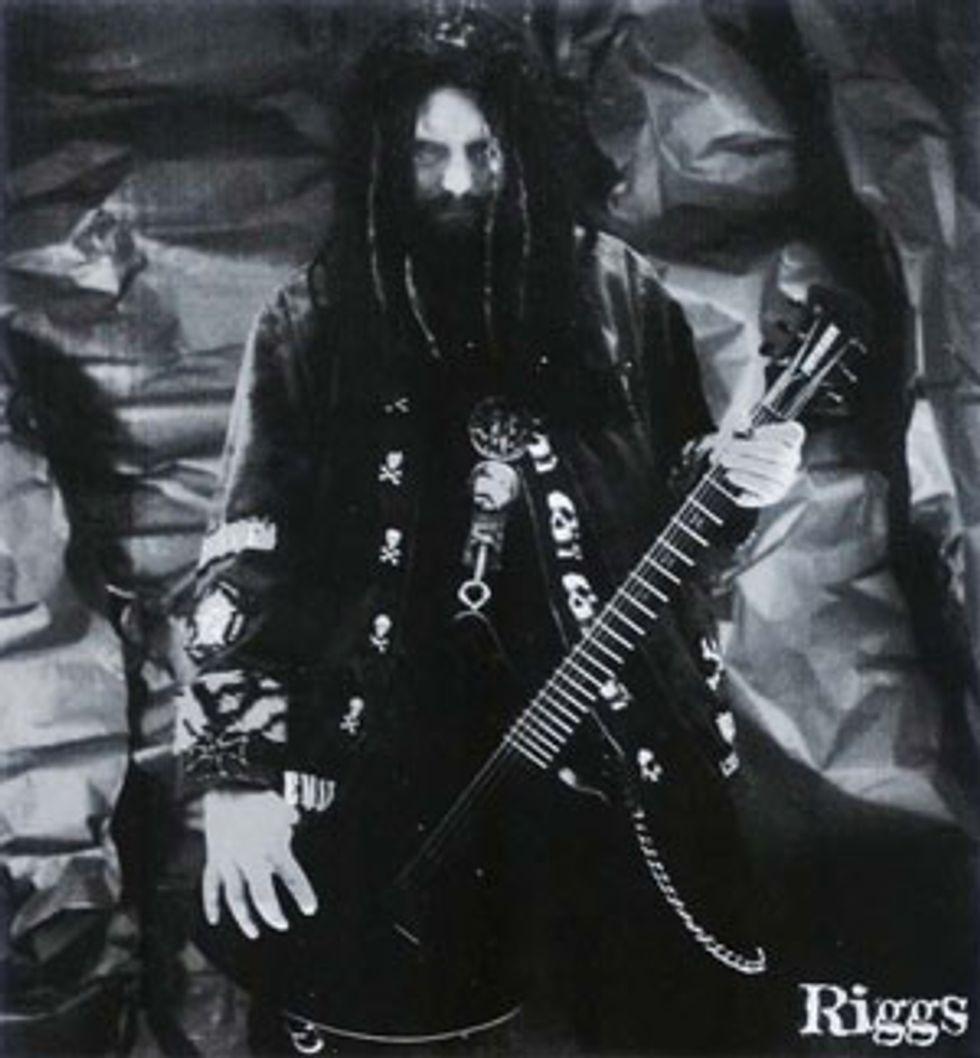 The guitars on Hellbilly were, like most other
elements on this record, a melting pot of
“whatever works” in the mix. Nothing was
sacred. The integrity of any particular musical
performance was ignored and subject
to radical editing and processing. It wasn’t
uncommon for guitar parts to be Pro Tooled
out of recognition or replaced entirely without
warning. Riggs’ guitar parts may have
been layered with Danny Lohner’s—there are
even some rhythm guitar parts that I ended
up playing in the choruses of “Dragula.”
The guitars on Hellbilly were, like most other
elements on this record, a melting pot of
“whatever works” in the mix. Nothing was
sacred. The integrity of any particular musical
performance was ignored and subject
to radical editing and processing. It wasn’t
uncommon for guitar parts to be Pro Tooled
out of recognition or replaced entirely without
warning. Riggs’ guitar parts may have
been layered with Danny Lohner’s—there are
even some rhythm guitar parts that I ended
up playing in the choruses of “Dragula.”The in-house guitar rig consisted of a Diezel VH-4, a Mesa/Boogie Triple Rectifier, and a Marshall 2550 Silver Jubilee head through various vintage Marshall 4x12s. The main tracking guitar was a Les Paul standard with a P-94 pickup in the bridge position. All in all, the guitars got mashed together to function. They certainly weren’t played with the precision of Zombie’s current guitarist, John 5, but they did have a vibe.
How to Make a Monster
Over the last 12 years, recording digitally has become the standard and technology has caught up with the demands of high track-count sessions. Taking this trip down memory lane really did highlight the significant progression in DAW recording systems, but all these advances don’t necessarily guarantee a more compelling result. Today, most engineers would turn their nose up at the rig that created Hellbilly Deluxe, and even I initially had apprehension over revisiting the tracks. But I realized you have to view recordings as more of a snapshot in time for which there should be no apologies. “Dragula” was one such still frame, and I’m pleased to be able to format this song and others like it into a piece of software that allows everyone to view that picture from a slightly different angle.


